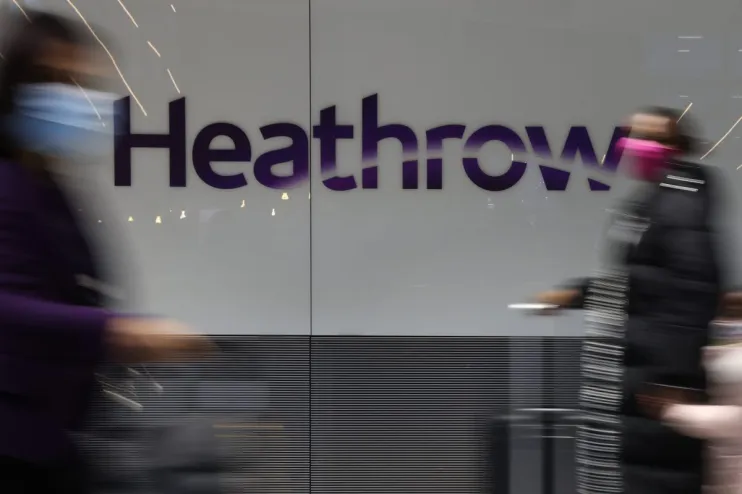The Heathrow Airport Cyberattack

Last week, a cyberattack hit London Heathrow Airport, disrupting check-in and boarding systems. Around 20 flights were cancelled and many more delayed. Passengers faced queues and confusion as staff switched to manual processes.
The attack was linked to ransomware that infected Collins Aerospace’s MUSE system, software used by airlines for check-in and baggage. UK police have already arrested a suspect, but the damage to operations and public trust was already done.
Where Compliance Failed
Airports and their vendors are expected to align with international standards like ISO/IEC 27001 and aviation frameworks such as NIS2 (Network and Information Security Directive) in Europe. Looking at Heathrow’s case, several Annex A controls appear weak:
- A.12.3 Backup: Recovery of systems was slow, suggesting limited offline or segregated backups.
- A.15.1 Supplier Relationships: Vendor dependency was a single point of failure. Supplier security monitoring was not strong enough.
- A.16.1 Incident Management: Manual fallback existed but was slow and poorly coordinated. That shows gaps in rehearsed incident response.
- A.17.1 Information Security Continuity: Resilience plans did not maintain service at the scale Heathrow demands.
- A.13.1 Network Security: Reports of reinfection suggest weak segmentation and monitoring.
What Could Have Been Avoided
- Stronger Supply Chain Assurance – Vendors should prove compliance through regular ISO 27001 audits and penetration tests. Aviation regulators should require this for critical systems.
- Zero Trust and Segmentation – Critical operational systems must be isolated and monitored separately from user endpoints.
- Independent Backups – Tested, offline backups would speed up restoration instead of depending on vendor fixes.
- Continuous Monitoring – Endpoint detection and threat intelligence could have flagged ransomware before it spread.
- Tabletop Exercises – Regular simulation of cyberattacks, not just fire or physical drills, would prepare staff to act faster.
My Submission
If Heathrow and its vendors were fully compliant yet still fell, the issue was not documentation. The real gap was operational resilience. Compliance frameworks like ISO 27001 and NIS2 provide structure, but they are only the starting point. Security must be lived every day in how systems are monitored, how incidents are rehearsed, and how fast recovery happens. Certification alone cannot stop an attack. What matters is the ability to detect, respond, and continue operations under pressure.
